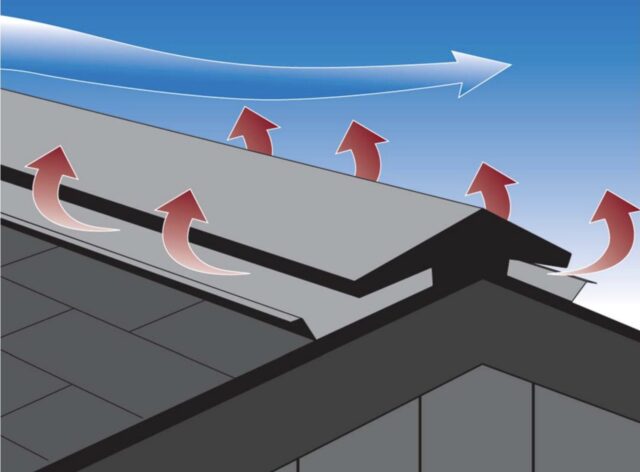
Roofing systems play a crucial role in maintaining the health and efficiency of a building. One of the most overlooked aspects of roofing is ventilation. Proper ventilation is essential for prolonging the life of the roof and ensuring the comfort of those inside.
Why Ventilation Matters
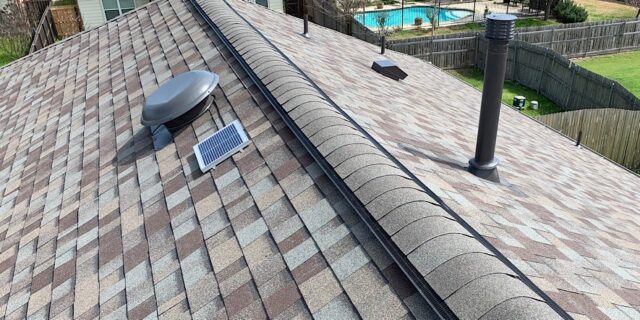
Roof ventilation is essential for several reasons. Firstly, it helps regulate attic temperatures during summer, preventing the buildup of excessive heat. This not only keeps your home cooler but also prevents the premature aging of roofing materials.
Secondly, during colder months, it reduces moisture buildup, preventing mold growth and wood rot.
Benefits Beyond Temperature Control
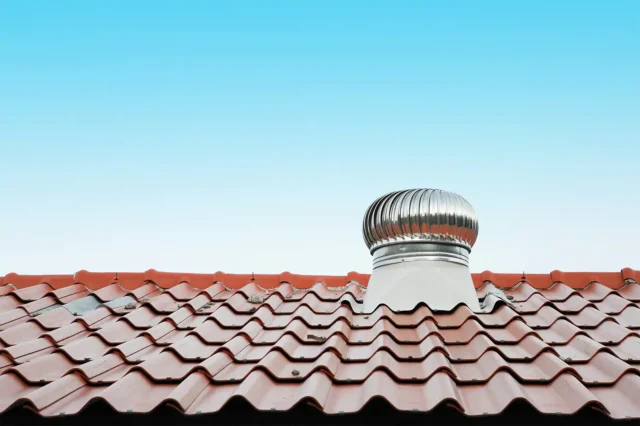
Beyond temperature regulation, proper ventilation offers other benefits. It can help prevent ice dams in colder climates, which form when heat from the attic melts snow on the roof, causing it to refreeze at the edges.
Additionally, it can reduce energy costs by promoting efficient air circulation, reducing the strain on HVAC systems.
Types of Roof Ventilation
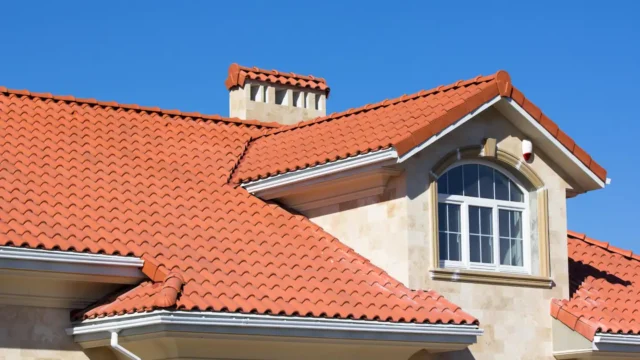
There’s no one-size-fits-all when it comes to roof ventilation. Different systems cater to various needs, ensuring optimal performance for every structure.
Static Vents
Static vents, also known as box vents, are non-mechanical vents placed strategically across the roof. They rely on natural convection to allow hot air to rise and escape. These vents are simple, effective, and don’t require any power to operate, making them a popular choice for many homeowners.
Turbine Vents
Turbine vents are round metal vents with fins. As wind blows over the roof, it causes the turbine to spin, drawing hot air out of the attic. They’re especially effective in regions with consistent wind but can be less efficient during calm days.
The Science Behind It
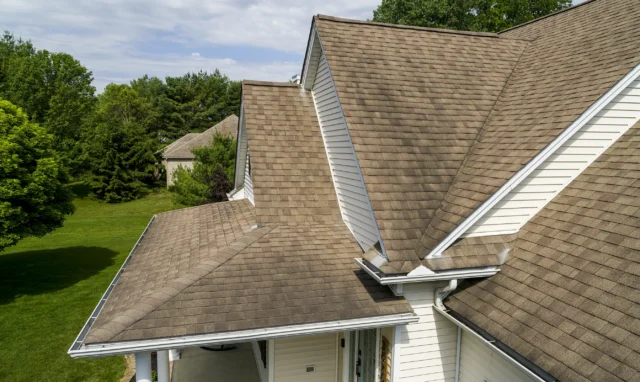
The Principle of Convection
Convection is the natural process by which hot air rises and cold air sinks. Ventilation systems leverage this principle. As hot air accumulates in the attic, it rises towards the vents and is expelled outside, while cooler air is drawn in from the eaves or soffits, creating a continuous air circulation.
Moisture and Condensation
Warm air can hold more moisture than cold air. When warm, moist air from the living spaces rises to the cooler attic, it can condense on cold surfaces, leading to mold, mildew, and structural damage. Proper ventilation ensures this moist air is expelled before it can cause problems.
Designing an Effective System

A well-designed system is more than just installing a few vents. It requires ensuring a balanced flow of air throughout the attic space.
Intake and Exhaust Vents
For effective ventilation, there should be a balance between intake and exhaust vents. Intake vents, usually located at the roof’s lowest edge, allow cool air to enter, while exhaust vents at the peak allow hot air to escape.
This balance ensures a continuous flow of air, optimizing the system’s efficiency.
Ventilation Ratio
The general recommendation is to have 1 square foot of ventilation for every 300 square feet of attic space, split equally between intake and exhaust. However, this can vary based on specific roof designs and local climate conditions. Consulting with a roofing professional can help determine the ideal ratio for your home.
Common Mistakes and Solutions
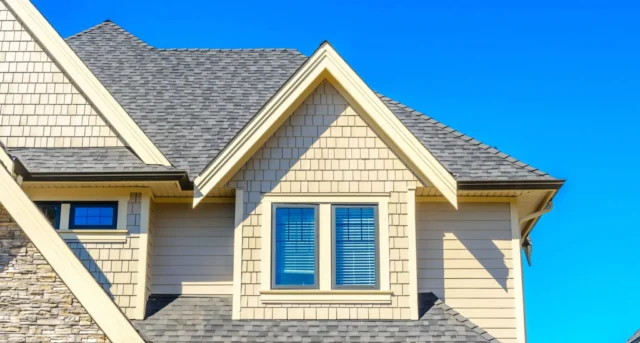
Even with the best intentions, mistakes can happen. Recognizing common pitfalls can help homeowners avoid them.
Blocked Vents
One of the most common mistakes is blocked vents. This can be due to insulation, debris, or even bird nests. Regular inspections and maintenance can ensure vents remain clear, allowing for optimal airflow.
Mismatched Systems
Using different types of vents on the same roof can sometimes counteract each other’s efficiency. For instance, combining box vents with turbine vents can disrupt the natural flow of air, reducing the system’s effectiveness. It’s essential to choose a system and stick with it or consult a professional for hybrid solutions.
Conclusion
To sum up, ventilation roofing systems are a blend of science, design, and practicality. They play a pivotal role in maintaining the health of a building and the comfort of its occupants. As technology advances, we can only expect these systems to become even more efficient and integral to modern roofing.













